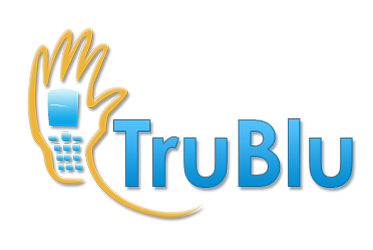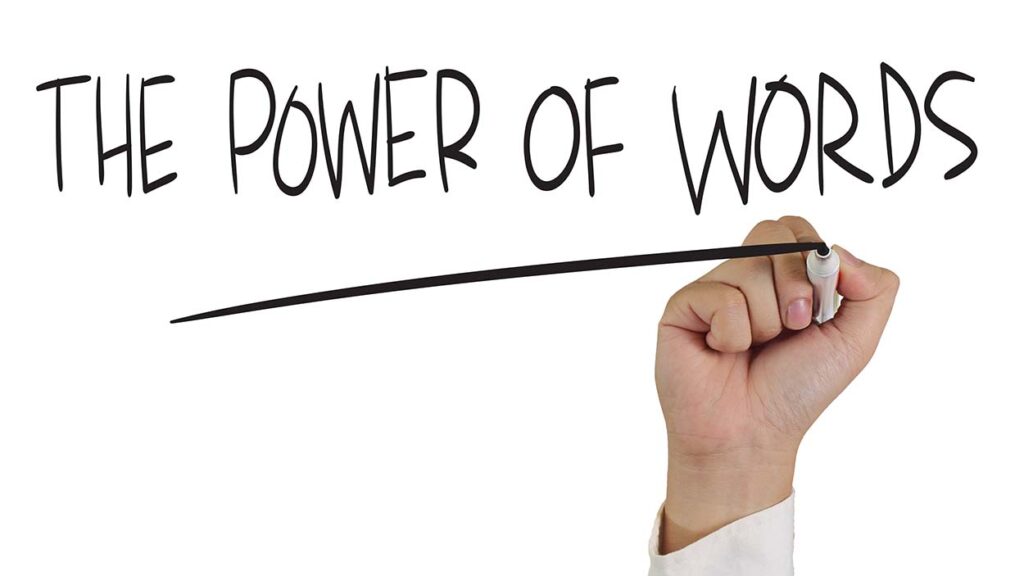Conversion Rate Optimization (CRO) is the process of increasing the percentage of website visitors who complete a specific action, such as making a purchase, filling out a form, or signing up for a newsletter. In other words, it’s about optimizing your website to convert more visitors into customers.
To achieve this, businesses use various CRO strategies, such as content enhancements, split testing, and workflow improvements. By implementing these strategies, businesses can improve their conversion rates and generate more leads. However, it’s important to note that CRO is an ongoing process that requires continuous testing and optimization.
In this article, we will explore some effective CRO strategies that businesses can use to improve their website’s conversion rate. We’ll discuss how to use scarcity to improve conversion rates, how to use multi-step forms to decrease bounce rate and boost engagement, and other strategies that have been proven to be effective. By the end of this article, you’ll have a better understanding of how CRO works and how you can use it to grow your business.
Table of Contents
ToggleUnderstanding the Basics of CRO
What is Conversion Rate?
Conversion rate refers to the percentage of website visitors who complete a desired action, such as making a purchase, filling out a form, or subscribing to a service. Conversion rate optimization (CRO) is the process of improving the conversion rate by making changes to the website design, content, or user experience.
Importance of CRO
CRO is important for businesses because it can help increase revenue and profitability without increasing website traffic. By improving the conversion rate, businesses can make the most of their existing traffic and maximize their return on investment. CRO can also help businesses better understand their target audience and improve the user experience, leading to higher customer satisfaction and loyalty.
To effectively implement CRO strategies, businesses must first gather data on their website performance and user behavior. This can be done through tools such as Google Analytics, heat maps, and user surveys. Based on this data, businesses can identify areas for improvement and test different variations to see which changes have the biggest impact on the conversion rate.
Overall, CRO is an ongoing process that requires continuous testing and optimization to achieve the best results. By understanding the basics of CRO and implementing effective strategies, businesses can improve their website performance and achieve their goals.
Setting Up for CRO
Before you can start optimizing your conversion rates, you need to set up a solid foundation. This involves defining your conversion goals and identifying key metrics to track your progress.
Defining Conversion Goals
The first step in setting up for CRO is to define your conversion goals. What actions do you want your website visitors to take? Some common examples include:
- Filling out a contact form
- Making a purchase
- Signing up for a newsletter
- Creating an account
It’s important to be specific when defining your conversion goals. For example, instead of simply aiming for more purchases, you might set a goal of increasing your average order value or reducing cart abandonment rates.
Identifying Key Metrics
Once you’ve defined your conversion goals, it’s important to identify key metrics to track your progress. These metrics will help you understand how well your website is performing and where there’s room for improvement.
Some common metrics to track include:
- Conversion rate: The percentage of visitors who complete a desired action
- Bounce rate: The percentage of visitors who leave your website after viewing only one page
- Average session duration: How long visitors spend on your website
- Exit rate: The percentage of visitors who leave your website from a specific page
By tracking these metrics, you can identify areas where you’re losing potential customers and make changes to improve your conversion rates.
In conclusion, setting up for CRO involves defining your conversion goals and identifying key metrics to track your progress. By doing so, you’ll be able to optimize your website and improve your conversion rates.
CRO Strategies
When it comes to Conversion Rate Optimization (CRO) strategies, there are a few key tactics that can help improve your website’s ability to convert visitors into customers. Here are some of the most effective strategies:
A/B Testing
A/B testing involves creating two different versions of a webpage, and then testing them to see which one performs better. This can involve testing different headlines, calls-to-action, images, and other elements of the page. By comparing the results of the two versions, you can identify which elements are most effective at driving conversions.
Multivariate Testing
Multivariate testing is similar to A/B testing, but it involves testing multiple variations of a webpage at the same time. This can help you identify which combinations of elements are most effective at driving conversions. For example, you might test multiple headlines, images, and calls-to-action all at once to see which combination works best.
Personalization
Personalization involves tailoring your website content to the specific needs and interests of individual visitors. This can involve using data such as their location, browsing history, and previous interactions with your site to deliver a more personalized experience. By providing visitors with content that is more relevant to their needs, you can increase the likelihood that they will convert.
Segmentation
Segmentation involves dividing your audience into different groups based on factors such as their demographics, interests, and behavior. By creating targeted campaigns for each segment, you can deliver more relevant content and offers to each group. This can help increase the likelihood that they will convert.
Overall, these CRO strategies can help improve your website’s ability to convert visitors into customers. By testing different variations of your site, personalizing your content, and segmenting your audience, you can create a more effective and engaging user experience.
Analyzing CRO Results
Understanding Test Results
Once you have run your CRO tests, the next step is to analyze the results. Understanding your test results is crucial to making informed decisions about changes to your website.
To start analyzing your test results, you need to look at the metrics that matter. These metrics may include conversion rate, bounce rate, time on page, and more. It’s important to look at each metric in isolation and then in combination with others to get a complete picture of how your test performed.
Additionally, you should look at the statistical significance of your test results. This will help you determine whether the difference between your control and test groups is statistically significant or just due to chance.
Making Data-Driven Decisions
Once you have a good understanding of your test results, it’s time to make data-driven decisions. This means using the data you have collected to make informed decisions about changes to your website.
When making data-driven decisions, it’s important to consider the impact of each change on your website’s performance. You should also consider the potential risks and benefits of each change.
It’s also important to prioritize changes based on their potential impact on your website’s performance. This means focusing on changes that are likely to have the biggest impact on your conversion rate.
Overall, analyzing CRO results is a crucial step in the CRO process. By understanding your test results and making data-driven decisions, you can make informed changes to your website that will help you achieve your conversion goals.
Advanced CRO Techniques
Heatmap Analysis
One of the most effective ways to optimize your website’s conversion rate is by analyzing user behavior using heatmaps. Heatmaps provide a visual representation of where users are clicking, scrolling, and spending the most time on your website. This information can help you identify areas of your website that need improvement.
There are several types of heatmaps you can use, including click maps, scroll maps, and attention maps. Click maps show where users are clicking on your website, while scroll maps show how far down the page users are scrolling. Attention maps show where users are spending the most time on your website.
By analyzing heatmaps, you can identify areas of your website that are not performing well and make changes to improve the user experience. For example, if users are not clicking on a call-to-action button, you can move it to a more prominent location on the page.
User Experience Optimization
Another important aspect of CRO is user experience optimization. This involves making changes to your website to improve the overall user experience. Some examples of user experience optimization techniques include:
- Simplifying navigation
- Reducing page load times
- Making sure your website is mobile-friendly
- Improving the readability of your content
- Adding social proof, such as customer reviews and testimonials
By optimizing the user experience, you can increase the likelihood that users will convert on your website. Users are more likely to convert when they have a positive experience on your website, so it’s important to make sure your website is easy to use and navigate.
In conclusion, advanced CRO techniques such as heatmap analysis and user experience optimization can help you improve your website’s conversion rate. By analyzing user behavior and making changes to improve the user experience, you can increase the likelihood that users will convert on your website.
Future of CRO
As technology continues to advance, the future of conversion rate optimization (CRO) is becoming increasingly exciting. In this section, we will explore the potential impact of artificial intelligence and big data on CRO.
Artificial Intelligence in CRO
Artificial intelligence (AI) is already making waves in the digital marketing world, and it’s no surprise that it will play a significant role in CRO in the future. AI-powered tools can analyze data faster and more accurately than humans, allowing businesses to make data-driven decisions with ease.
One of the most significant benefits of AI in CRO is personalization. AI can analyze user behavior and tailor the user experience to each individual, increasing the chances of conversion. For example, AI can recommend products or services based on a user’s browsing history or purchase behavior.
Another benefit of AI in CRO is its ability to predict user behavior. By analyzing large amounts of data, AI can identify patterns and predict what actions users are likely to take. This information can be used to optimize the user experience and increase conversions.
Role of Big Data
Big data is another technology that will play a crucial role in the future of CRO. With the increasing amount of data available, businesses can gain valuable insights into user behavior and preferences.
One of the most significant benefits of big data in CRO is its ability to identify trends. By analyzing large amounts of data, businesses can identify patterns and trends in user behavior, allowing them to make data-driven decisions to optimize the user experience.
Another benefit of big data in CRO is its ability to segment users. By analyzing user data, businesses can segment users based on their behavior, preferences, and other factors. This information can be used to tailor the user experience to each segment, increasing the chances of conversion.
In conclusion, the future of CRO is exciting, with AI and big data playing a significant role. By leveraging these technologies, businesses can gain valuable insights into user behavior and preferences, allowing them to optimize the user experience and increase conversions.
Frequently Asked Questions
What are some best practices for conversion rate optimization in digital marketing?
To optimize your website’s conversion rate, it is important to have a clear understanding of your target audience and their needs. Some best practices include creating a clear and concise value proposition, simplifying your website’s navigation, and using high-quality visuals and images. Additionally, it is important to conduct A/B testing to determine which changes have the greatest impact on conversion rates.
What are some examples of successful conversion rate optimization strategies?
Some successful conversion rate optimization strategies include implementing personalized product recommendations, simplifying checkout processes, and using social proof to build trust with potential customers. Another effective strategy is to create urgency through limited-time offers or countdown timers.
How does Google Analytics help with conversion rate optimization?
Google Analytics can provide valuable insights into your website’s traffic and user behavior. By analyzing metrics such as bounce rate, time on page, and conversion rate, you can identify areas for improvement and test different strategies to optimize your website’s performance.
What is the process for implementing conversion rate optimization?
The process for implementing conversion rate optimization typically involves conducting research and analysis, identifying areas for improvement, developing and testing hypotheses, and implementing changes based on the results. It is important to continually monitor and analyze your website’s performance to ensure that your optimization efforts are effective.
What are some common tools used for conversion rate optimization, besides Google Optimize and Optimizely?
Some common tools for conversion rate optimization include Crazy Egg, Visual Website Optimizer, and Unbounce. These tools can help you conduct A/B testing, analyze user behavior, and optimize your website’s design and content.
How can a conversion rate optimization agency help improve my website’s performance?
A conversion rate optimization agency can provide expertise and support in developing and implementing effective optimization strategies. They can conduct research and analysis, develop hypotheses, and test different strategies to optimize your website’s performance and improve your conversion rates.




